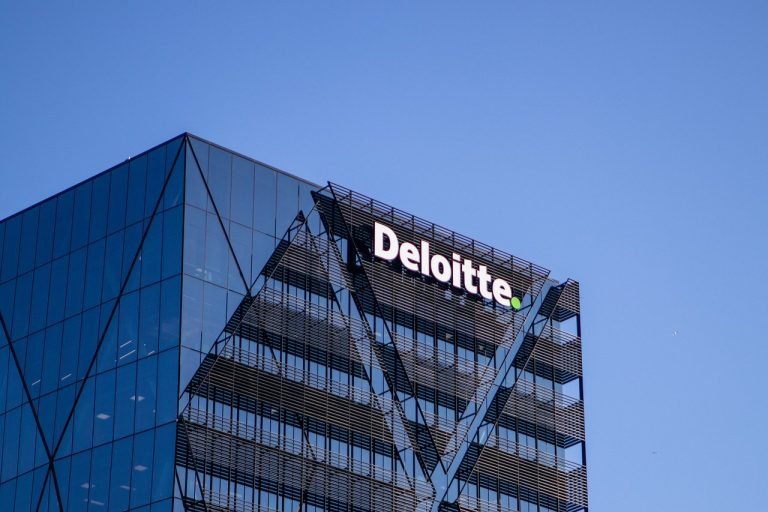As artificial intelligence (AI) accelerates, its infrastructure demands are placing unprecedented pressure on U.S. energy systems. According to Deloitte’s latest report, “Can U.S. Infrastructure Keep Up With the U.S. Economy?”, AI-related data centers could increase their electricity consumption thirtyfold by 2035—highlighting the urgency for integrated solutions across sectors.
Powering the AI Revolution
The report underscores that the scale, speed, and complexity of AI development are reshaping the nation’s infrastructure needs. In 2024, AI represented just 12% of the 33 GW total U.S. data center power demand. However, by 2035, Deloitte projects that AI will account for 70% of the anticipated 176 GW demand, driven by the massive rollout of AI supercomputers, chips, and cloud platforms.
This rapid rise raises critical questions about grid capacity, energy reliability, and the pace at which new power generation can be developed. Deloitte’s findings emphasize that energy, power, construction, and manufacturing industries must collaborate to ensure AI can scale without overwhelming existing infrastructure.
Industry Leaders Voice Concern
Surveying 60 power and 60 data center executives, Deloitte found 72% consider power and grid constraints a “very” or “extremely” challenging barrier to expansion. Data centers, in particular, are feeling the resource squeeze—92% cite power capacity as a primary competitive factor, compared to 71% of power firms.
Concerns extend beyond energy availability. Supply chain disruptions, infrastructure security, and mismatched development timelines were also identified as critical issues. Notably, only 47% of data center operators believe residential affordability concerns won’t hinder expansion, compared to 60% of power companies.
Innovation and Investment as Solutions
Deloitte’s report highlights innovation—both technological and regulatory—as key to resolving these infrastructure challenges. Among data center leaders, 90% emphasize the importance of improving efficiency through technology, 81% advocate for intelligent infrastructure, and 66% support integration of renewable energy sources.
Proposals include modernizing transmission systems, investing in advanced transformers, and reforming regulatory processes. Deloitte suggests a framework that promotes transparency, filters speculative projects, and prioritizes essential grid upgrades.
Moreover, investment activity is intensifying. AI-related mentions in earnings calls surged fivefold in 2024, and capital expenditure is expected to exceed $1 trillion over the next five years for energy utilities and within three years for tech hyperscalers.
A Strategic Imperative
The findings make clear that AI’s future hinges on robust and adaptable infrastructure. According to Martin Stansbury, Principal at Deloitte & Touche LLP, “Infrastructure development offers an opportunity to advance national AI and energy priorities. However, collaboration is essential to closing capacity gaps and building efficient, flexible systems.”
Deloitte’s report serves as both a warning and a roadmap, calling for unified action across industries to ensure the power grid can sustain the AI revolution without compromise.
Source: Deloitte Report – Can U.S. Infrastructure Keep Up With the U.S. Economy?



 Share your Details for subscribe
Share your Details for subscribe